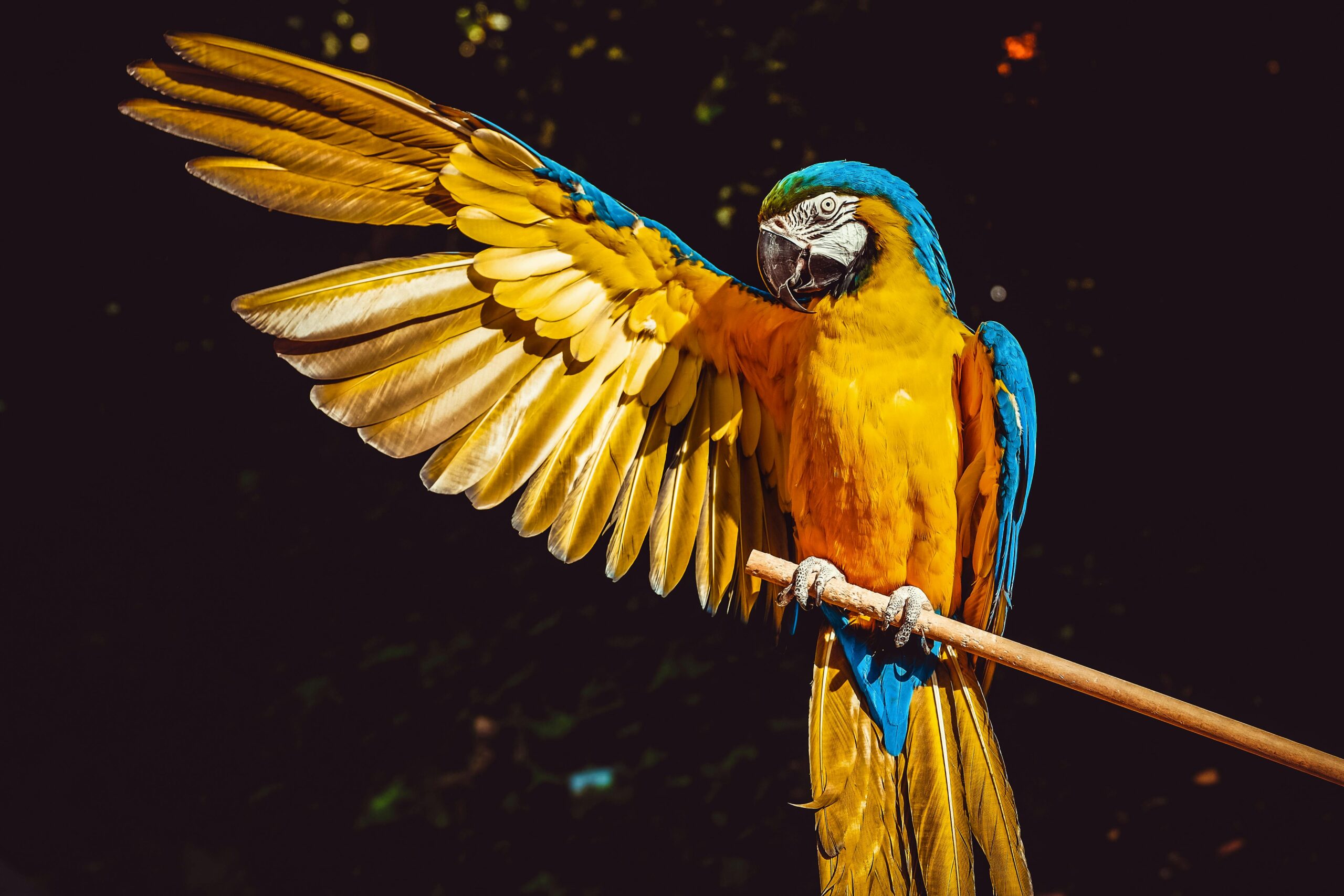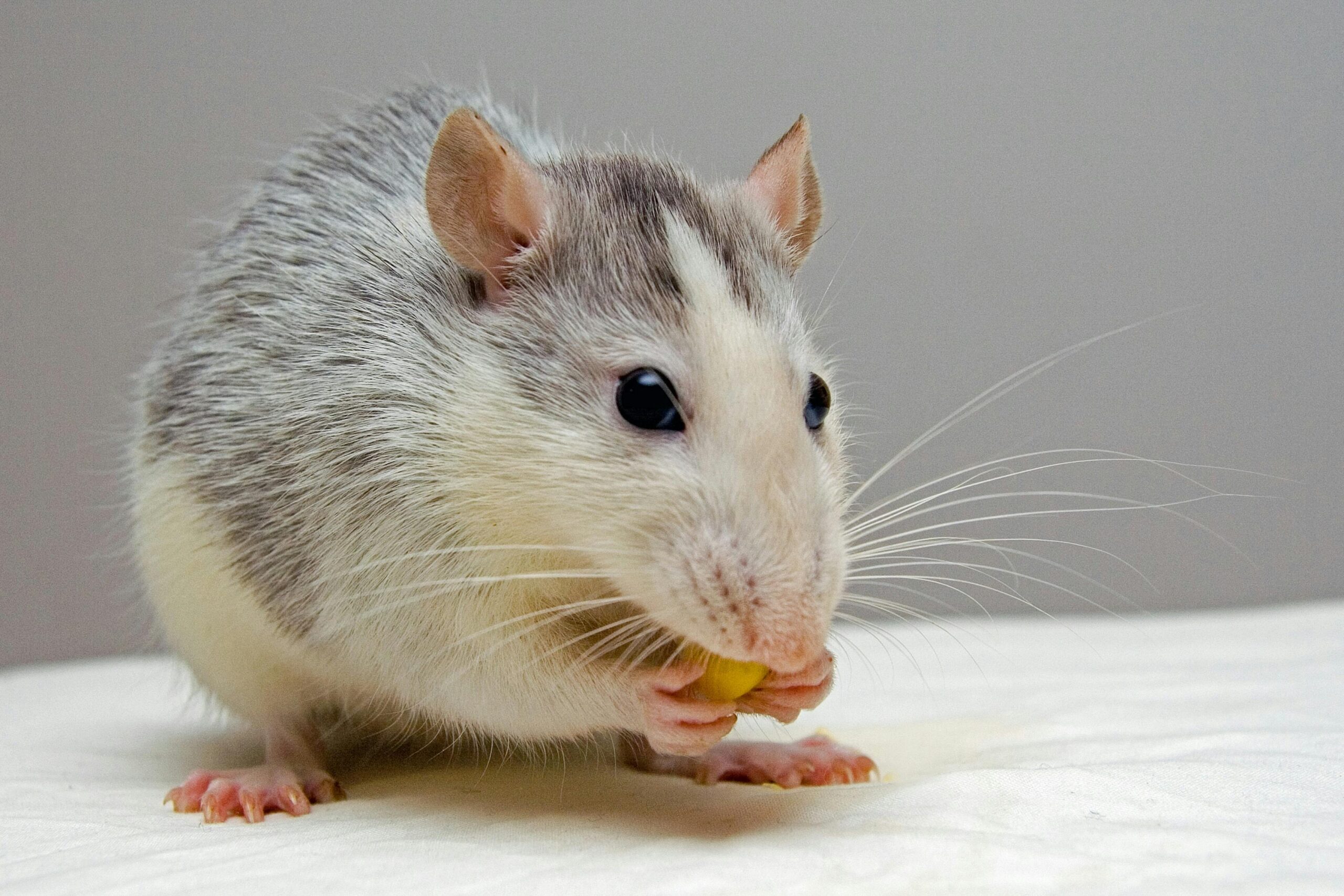(image credit: by Ilo Frey)
Parrots are famous for mimicking human speech, but some species can do far more than copy sounds. African grey parrots, in particular, show signs of understanding context, emotional cues, and even simple reasoning—making them one of the smartest birds on the planet.
More Than a Pretty Voice: The Parrot’s Hidden Intelligence
It’s easy to think parrots are just feathered recorders, repeating words without knowing what they mean. But research into species like the African grey parrot has shattered that assumption. These birds don’t just mimic—they comprehend.
Unlike other animals that echo sounds without meaning, some parrots demonstrate a grasp of context, cause-and-effect, and emotional interaction. They recognize words, associate them with objects or feelings, and use them appropriately in conversation.
Meet Alex: The Parrot That Changed Everything
Much of what we know about parrot intelligence comes from the late Alex, an African grey parrot studied by Dr. Irene Pepperberg for over 30 years. Alex could:
Identify colors, shapes, and numbers
Understand concepts like “same” and “different”
Use words to express desires, like “want nut” or “go back”
Answer questions with consistent accuracy
In one famous moment, Alex saw himself in a mirror and asked, “What color?”—indicating self-awareness, a trait once thought exclusive to humans and great apes.
Before his death, Alex had a vocabulary of over 100 words, but more importantly, he understood how to use them meaningfully.
Context Over Copy: How Parrots Use Language Thoughtfully
African greys and other highly intelligent parrots have been observed:
Using words appropriately based on situations (e.g., saying “hello” when the door opens)
Recognizing people by name and greeting them accordingly
Expressing preferences (“want banana” vs. “no grape”)
Responding to emotional cues, comforting owners who seem upset
This ability to use language contextually suggests more than surface-level mimicry—it reflects social intelligence and logical thinking.
What This Means for Animal Intelligence
The study of parrots challenges outdated ideas that complex thought and emotional understanding are reserved for mammals. Birds like the African grey are forcing scientists to expand their definitions of intelligence, communication, and consciousness.
Their cognitive abilities may also shed light on the evolution of human language, providing clues about how communication and symbolic thought developed in our own species.


